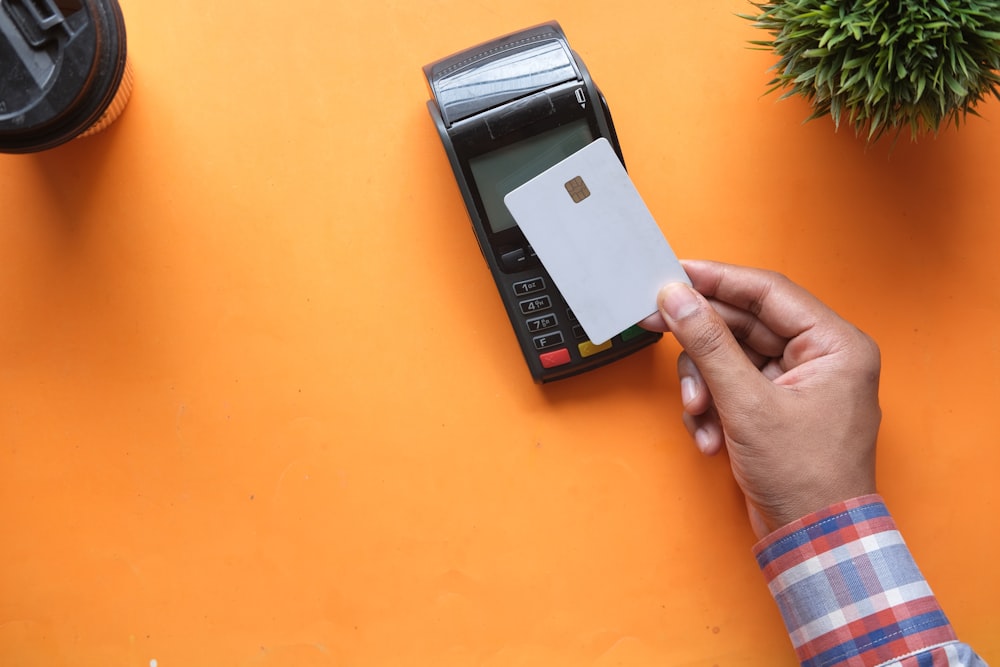
Published — February 6, 2021
The following post does not create a lawyer-client relationship between Alburo Alburo and Associates Law Offices (or any of its lawyers) and the reader. It is still best for you to engage the services of your own lawyer to address your legal concerns, if any.
Also, the matters contained in the following were written in accordance with the law, rules, and jurisprudence prevailing at the time of writing and posting, and do not include any future developments on the subject matter under discussion.
Read also: CASH CONVERSION OF UNUTILIZED TAX CREDIT CERTIFICATE
-
A letter of credit is a financial device developed by merchants as a convenient and relatively safe mode of dealing with sales of goods to satisfy the seemingly irreconcilable interests of a seller, who refuses to part with his goods before he is paid, and a buyer, who wants to have control of the goods before paying.
-
Through a letter of credit, a buyer obtains the credit of a third party, usually a bank, to provide assurance of payment.
-
In a transaction involving a letter of credit, there are usually three transactions and three parties.
What is a letter of credit?
The law says:
A letter of credit is a commercial instrument developed to address the unique needs of certain commercial transactions.
In Bank of America, NT & SA v. Court of Appeals (G.R. No. 105395, December 10, 1993), the Court defined a letter of credit as ” … a financial device developed by merchants as a convenient and relatively safe mode of dealing with sales of goods to satisfy the seemingly irreconcilable interests of a seller, who refuses to part with his goods before he is paid, and a buyer, who wants to have control of the goods before paying.”
Through a letter of credit, a buyer obtains the credit of a third party, usually a bank, to provide assurance of payment.
This, in turn, convinces a seller to part with his or her goods even before he or she is paid, as he or she is insured by the third party that he or she will be paid as soon as he or she presents the documents agreed upon.
A letter of credit generally arises out of a separate contract requiring the assurance of payment of a third party. In a transaction involving a letter of credit, there are usually three transactions and three parties. The first transaction, which constitutes the underlying transaction in a letter of credit, is a contract of sale between the buyer and the seller. The contract may require that the buyer obtain a letter of credit from a third party acceptable to the seller. The obligations of the parties under this contract are governed by our law on sales.
The second transaction is the issuance of a letter of credit between the buyer and the issuing bank. The buyer requests the issuing bank to issue a letter of credit naming the seller as the beneficiary. In this transaction, the issuing bank undertakes to pay the seller upon presentation of the documents identified in the letter of credit. The buyer, on the other hand, obliges himself or herself to reimburse the issuing bank for the payment made. In addition, this transaction may also include a fee for the issuing bank’s services. This transaction constitutes an obligation on the part of the issuing bank to perform a service in consideration of the buyer’s payment. The obligations of the parties and their remedies in cases of breach are governed by the letter of credit itself and by the general law on obligations, as civil law finds suppletory application in commercial documents.
The third transaction takes place between the seller and the issuing bank. The issuing bank issues the letter of credit for the benefit of the seller. The seller may agree to ship the goods to the buyer even before actual payment provided that the issuing bank informs him or her that a letter of credit has been issued for his or her benefit. This means that the seller can draw drafts from the issuing bank upon presentation of certain documents identified in the letter of credit.
In simpler terms, the various transactions that give rise to a letter of credit proceed as follows: Once the seller ships the goods, he or she obtains the documents required under the letter of credit. He or she shall then present these documents to the issuing bank which must then pay the amount identified under the letter of credit after it ascertains that the documents are complete. The issuing bank then holds on to these documents which the buyer needs in order to claim the goods shipped. The buyer reimburses the issuing bank for its payment at which point the issuing bank releases the documents to the buyer. The buyer is then able to present these documents in order to claim the goods. At this point, all the transactions are completed. The seller received payment for his or her performance of his obligation to deliver the goods. The issuing bank is reimbursed for the payment it made to the seller. The buyer received the goods purchased.
Alburo Alburo and Associates Law Offices specializes in business law and labor law consulting. For inquiries, you may reach us at info@alburolaw.com, or dial us at (02)7745-4391/0917-5772207.
All rights reserved.
SUBSCRIBE NOW FOR MORE LEGAL UPDATES!
[email-subscribers-form id=”4″]


